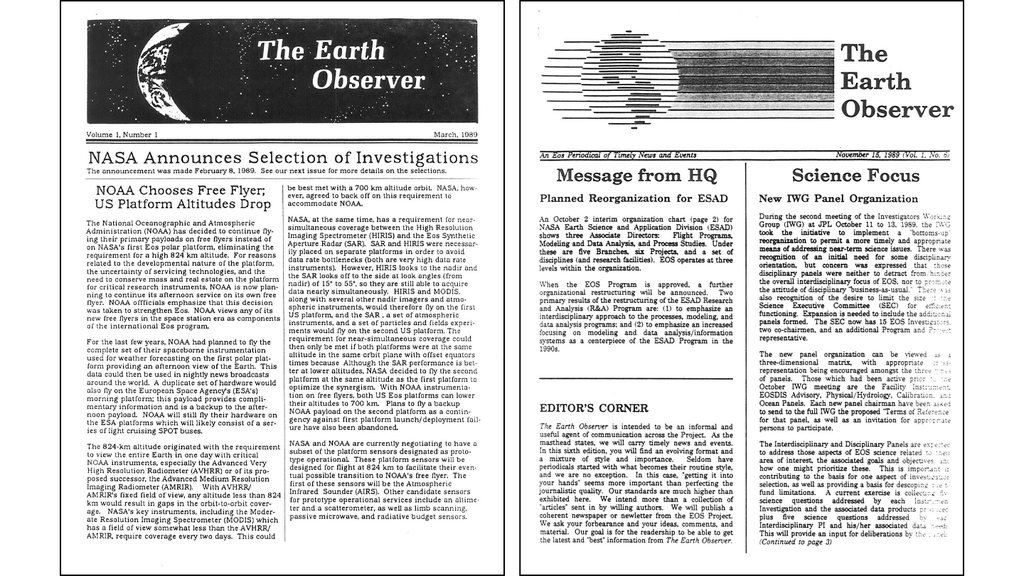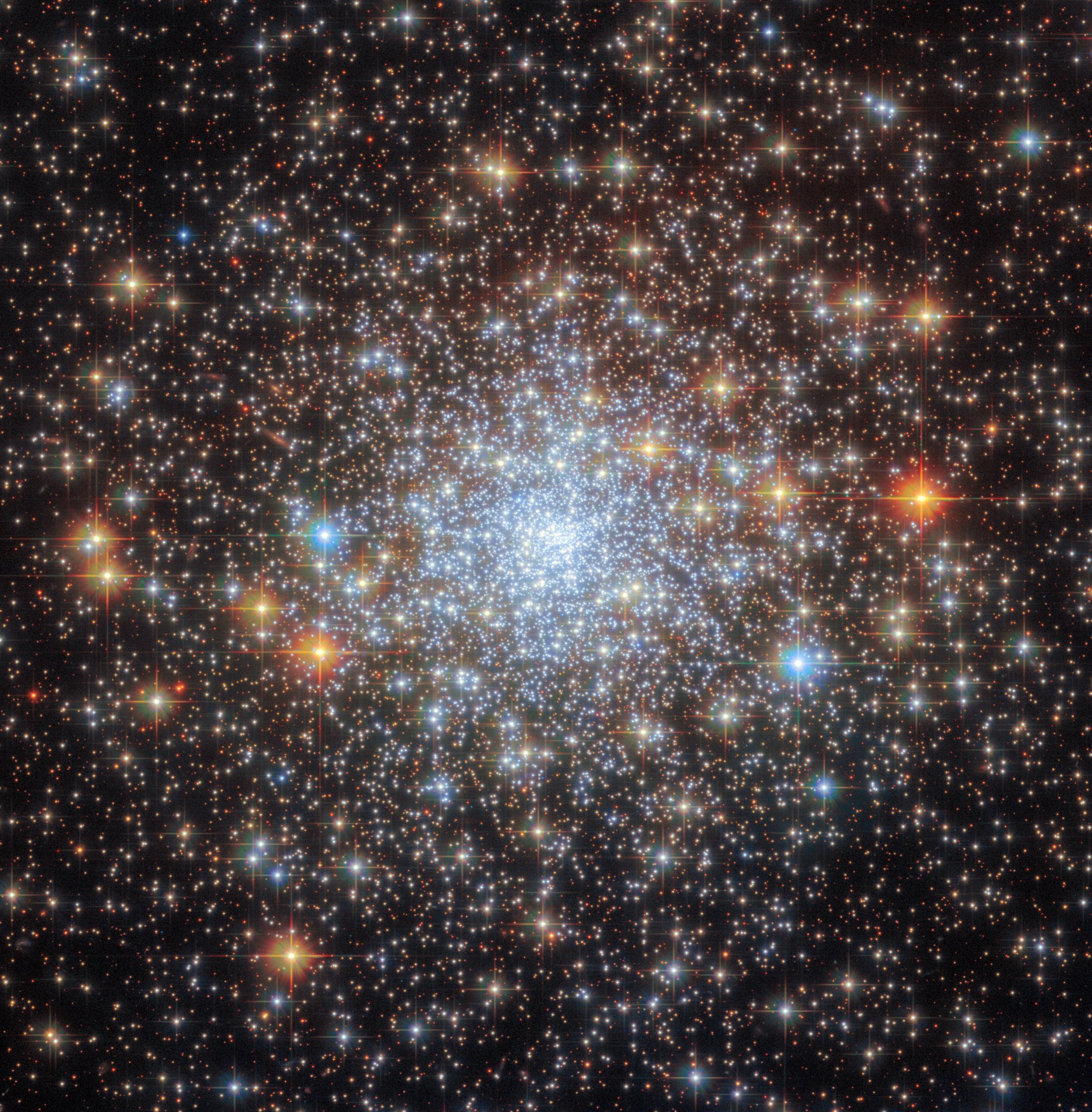2 min read
Hubble Glimpses a Glitzy Galactic Cluster
The glittering, glitzy contents of the globular cluster NGC 6652 sparkle in this star-studded image from the NASA/ESA Hubble Space Telescope. The core of the cluster is suffused with the pale blue light of countless stars, and a handful of particularly bright foreground stars are adorned with crisscrossing diffraction spikes. NGC 6652 lies in our own Milky Way galaxy in the constellation Sagittarius, just under 30,000 light-years from Earth and only 6,500 light-years from the galactic center.
Globular clusters are stable, tightly gravitationally bound clusters containing anywhere from tens of thousands to millions of stars. The intense gravitational attraction between closely packed stars in globular clusters is what gives these star-studded objects their regular, spherical shape.
This image combines data from two of Hubble’s most powerful cameras: the Advanced Camera for Surveys and Wide Field Camera 3. It also uses data from two different observing programs conducted by two different teams of astronomers. The first team set out to survey globular clusters in the Milky Way galaxy in the hope of shedding light on topics ranging from the ages of these objects to the gravitational potential of the galaxy as a whole. The second team of astronomers used a trio of exquisitely sensitive filters in Hubble’s Wide Field Camera 3 to disentangle the proportions of carbon, nitrogen, and oxygen in globular clusters such as NGC 6652.
Text credit: European Space Agency (ESA)
Media Contact:
Claire Andreoli
NASA Goddard Space Flight Center, Greenbelt, MD
claire.andreoli@nasa.gov



































